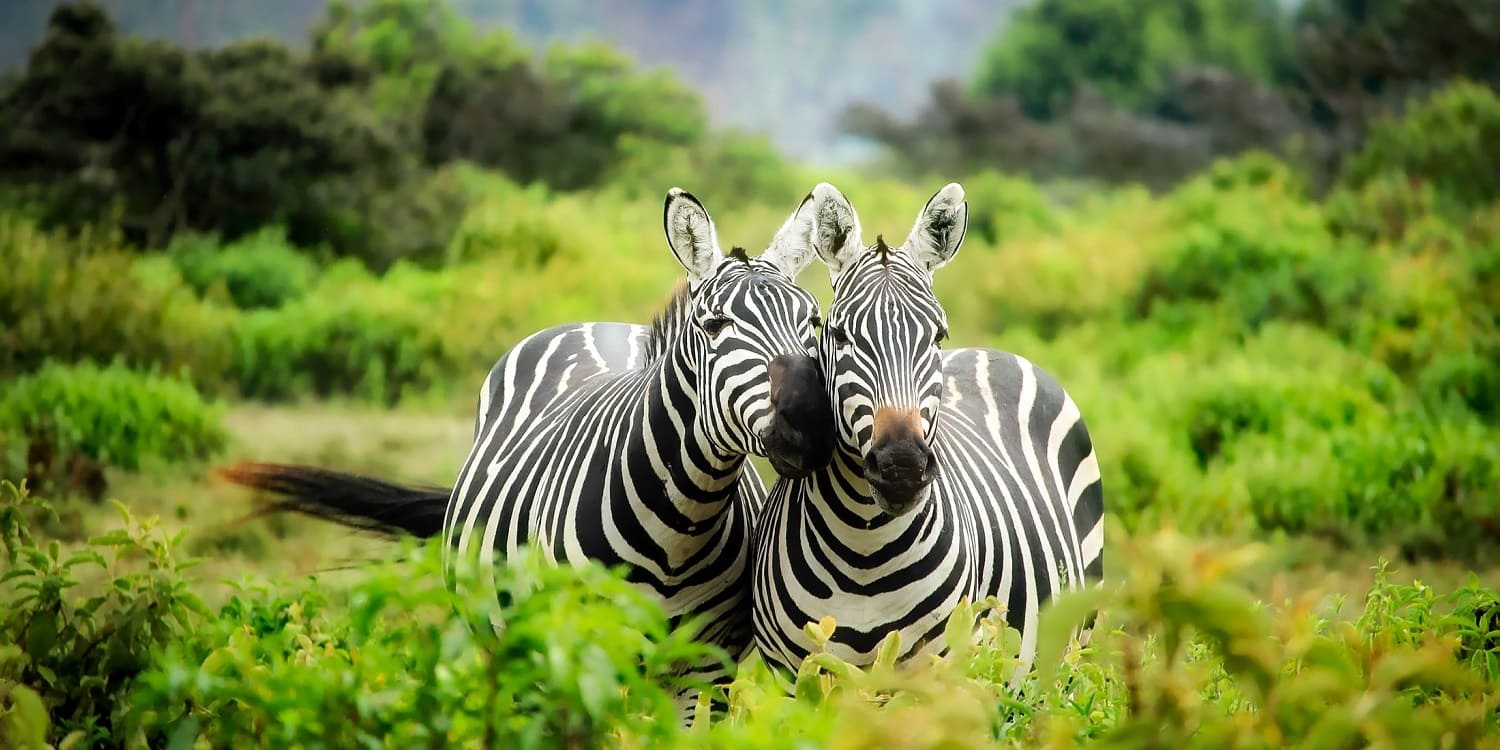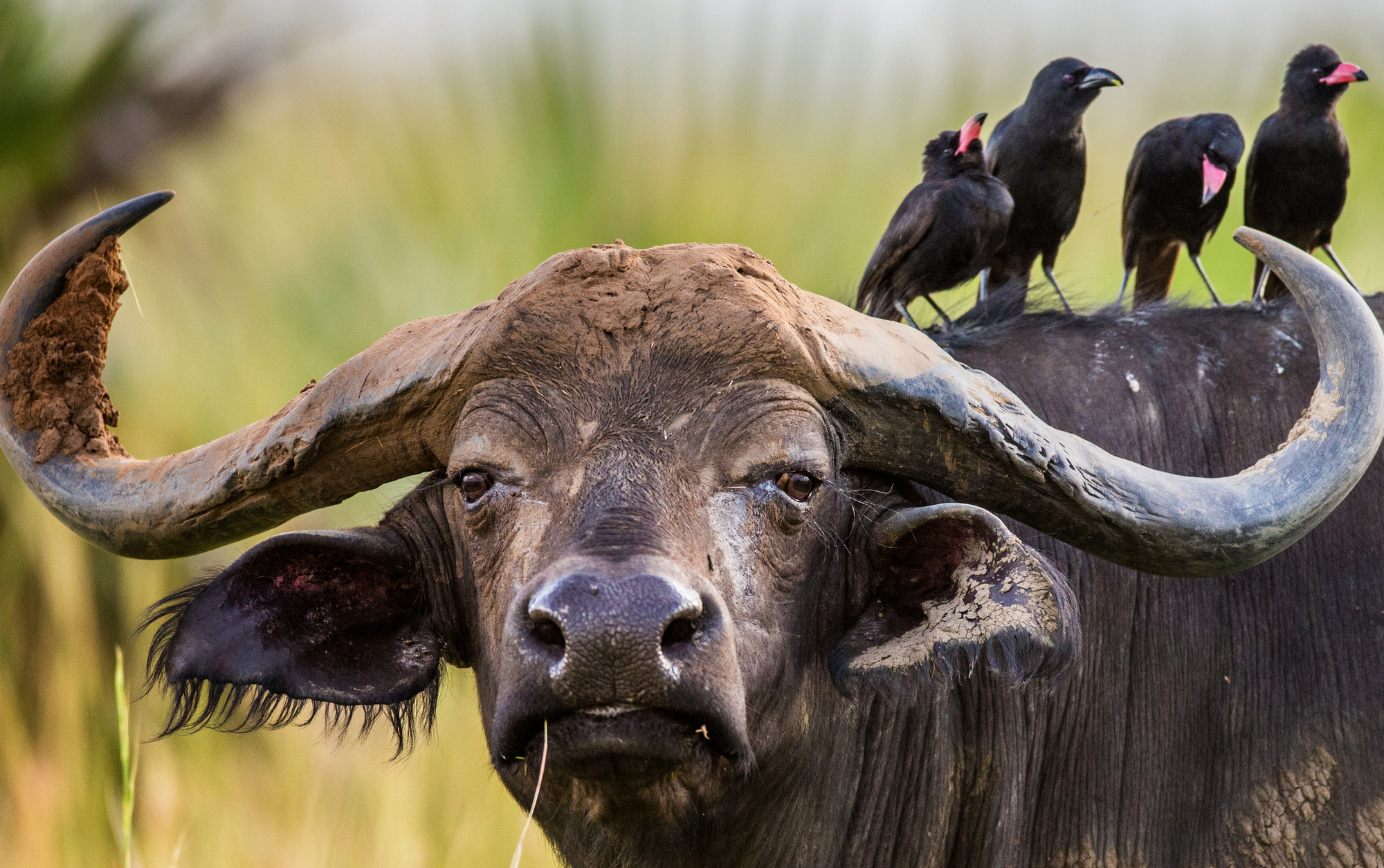RWENZORI MOUNTAIN CLIMBING AND WILDLIFE ADVENTURE SAFARI
Tour snapshot
14 Days
Kasese
Mountain Adventure
Overview
During this tour you will explore flora and fauna of the mystical challenge, the mountain of the moon(Mountain Rwenzori) and Queen Elizabeth National Park. You will be transfered by the driver guide from Entebbe/ Kampala to Kibale National Park on day one, engage in Chimpanzee Trekking and Bigodi Swamp Walk on the second day, on day 3, you will transfer to Kasese (Mountain Rwenzori National Park) for dinner in preparation of the hiking that will take place the following day, day 4 will include hike to Mount Stanley, on the 5th day, you will hike to Kiharo Camp, on the 6th day, you will hike past Nyamwamba River to the 3rd Camp, on the 7th day, you will hike to the 4th Camp, on the 8th day you will hike past L. Bujuku and Mount Speke, on the 9th day, you will hike to Margherita, on the 10th day, you will hike to Kiharo Camp,on the 11th day, you will descend past Namusangi, on the 12th day, you will descend to Kilembe Valley and transfer to Queen Elizabeth National Park, on the thirteenth day, you will engage in a Game drive and a Boat cruise and transfer back to Kampala on the 14th day.
Included/Excluded
Select Dates
{{type.name}}
{{type.display_price}} per person
Guests
Extra prices:
- {{total_price_html}}
- {{pay_now_price_html}}
Guest in maximum
BOOK NOW Book NowImportant information
- Cultural
- Nature & Adventure
Itinerary
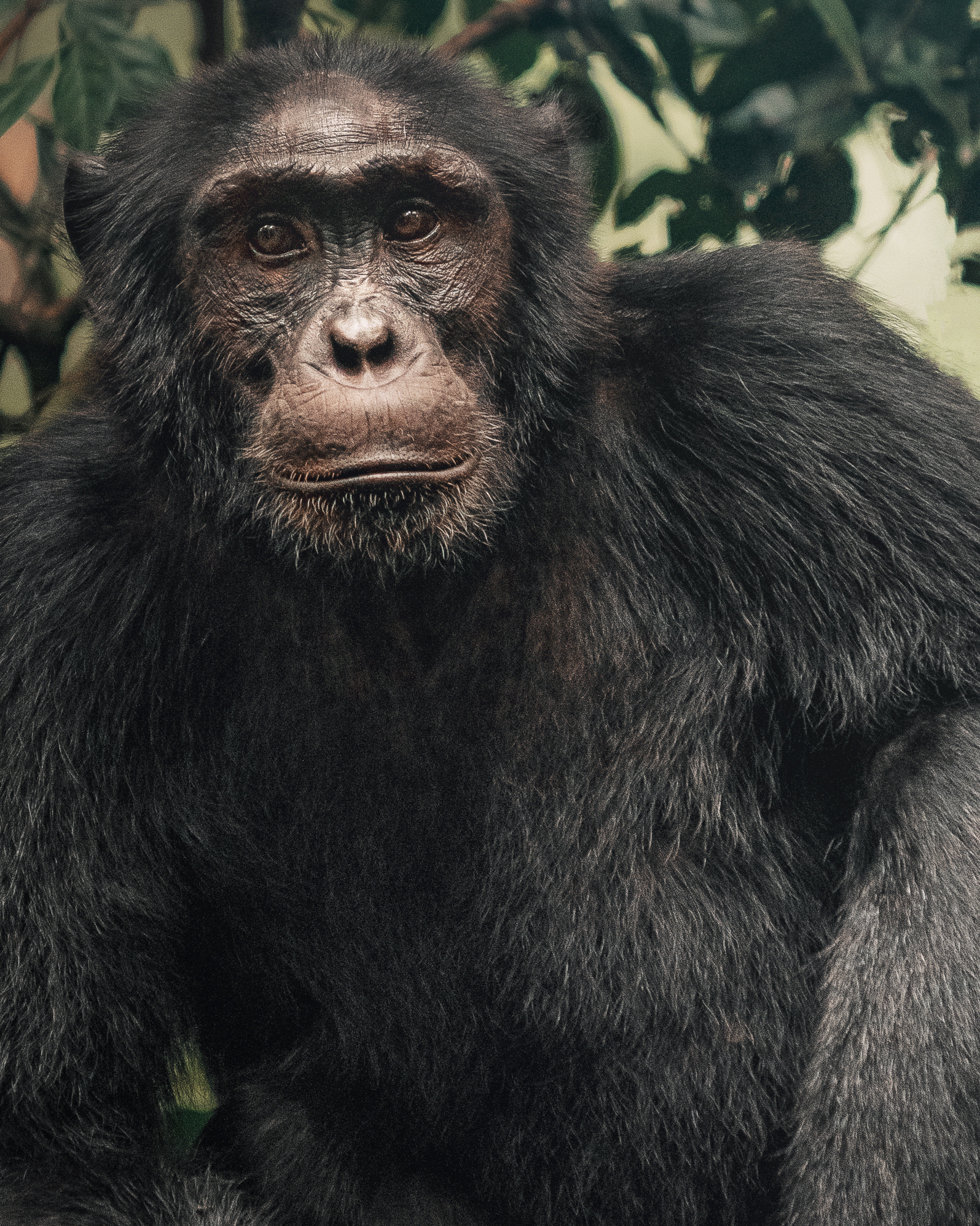
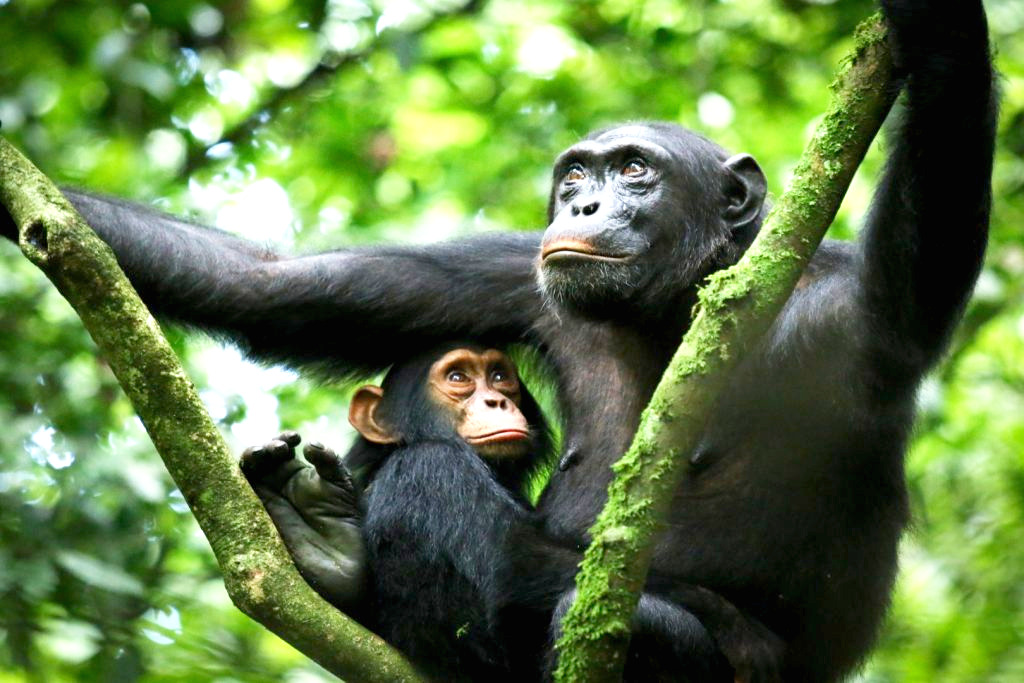
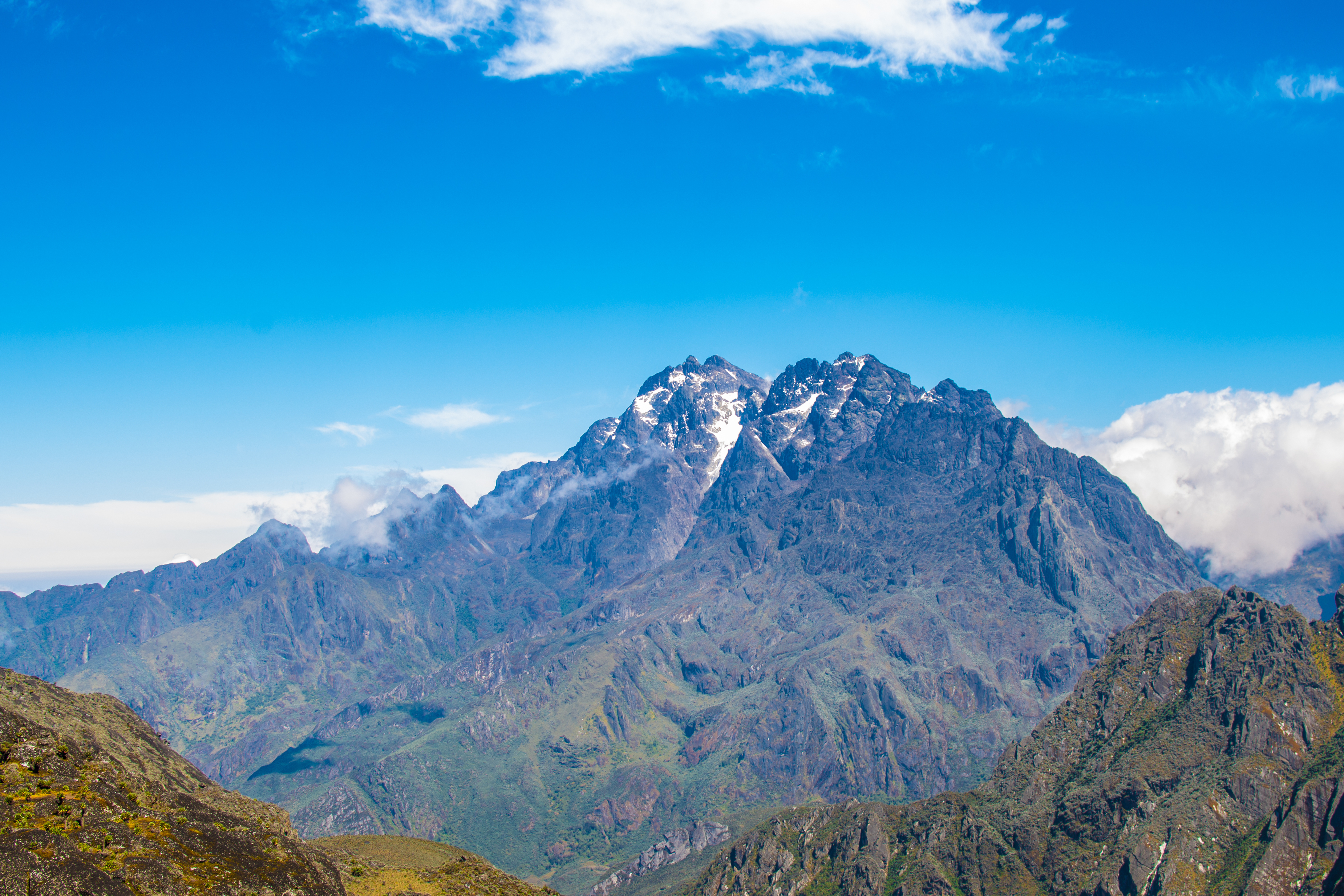
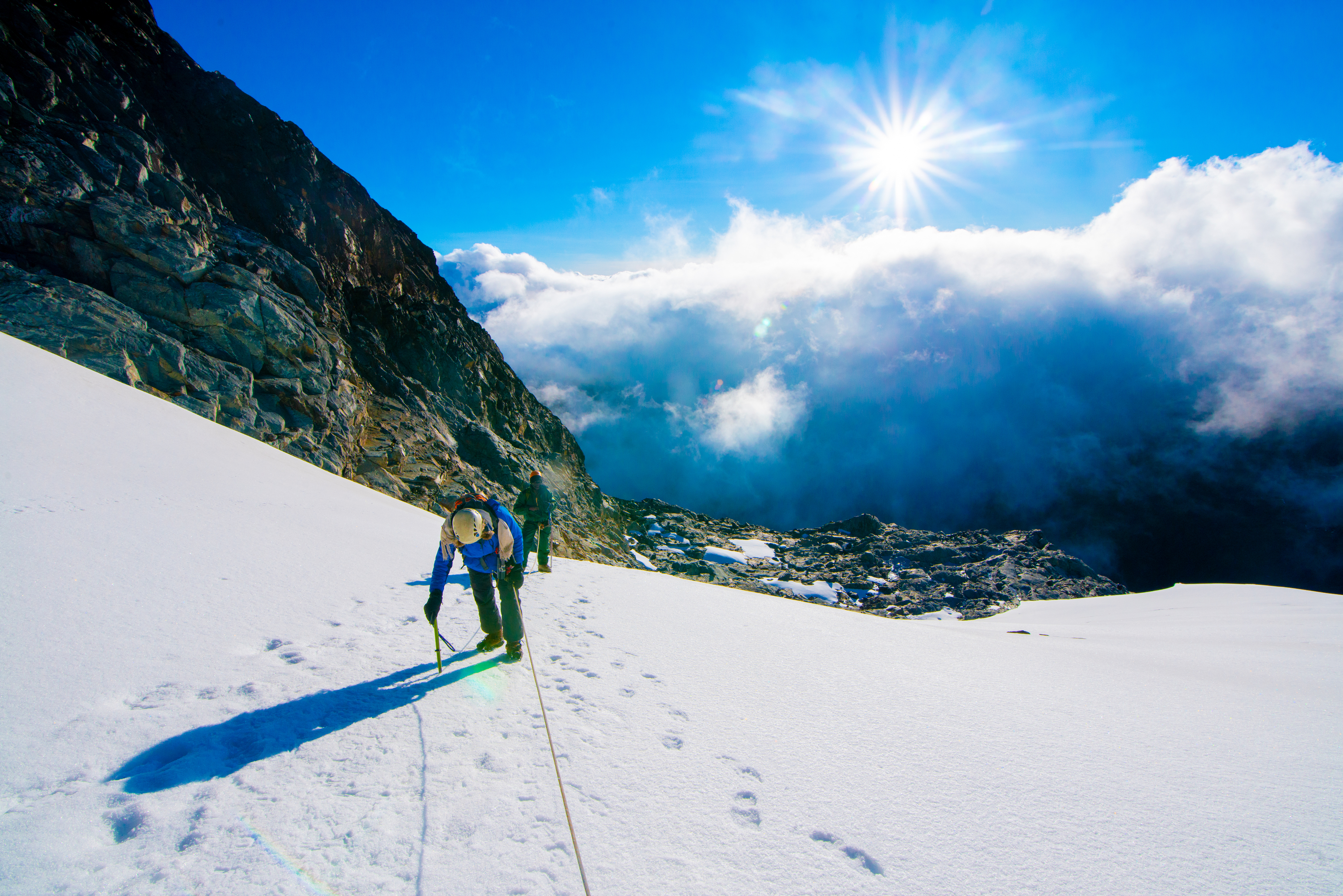
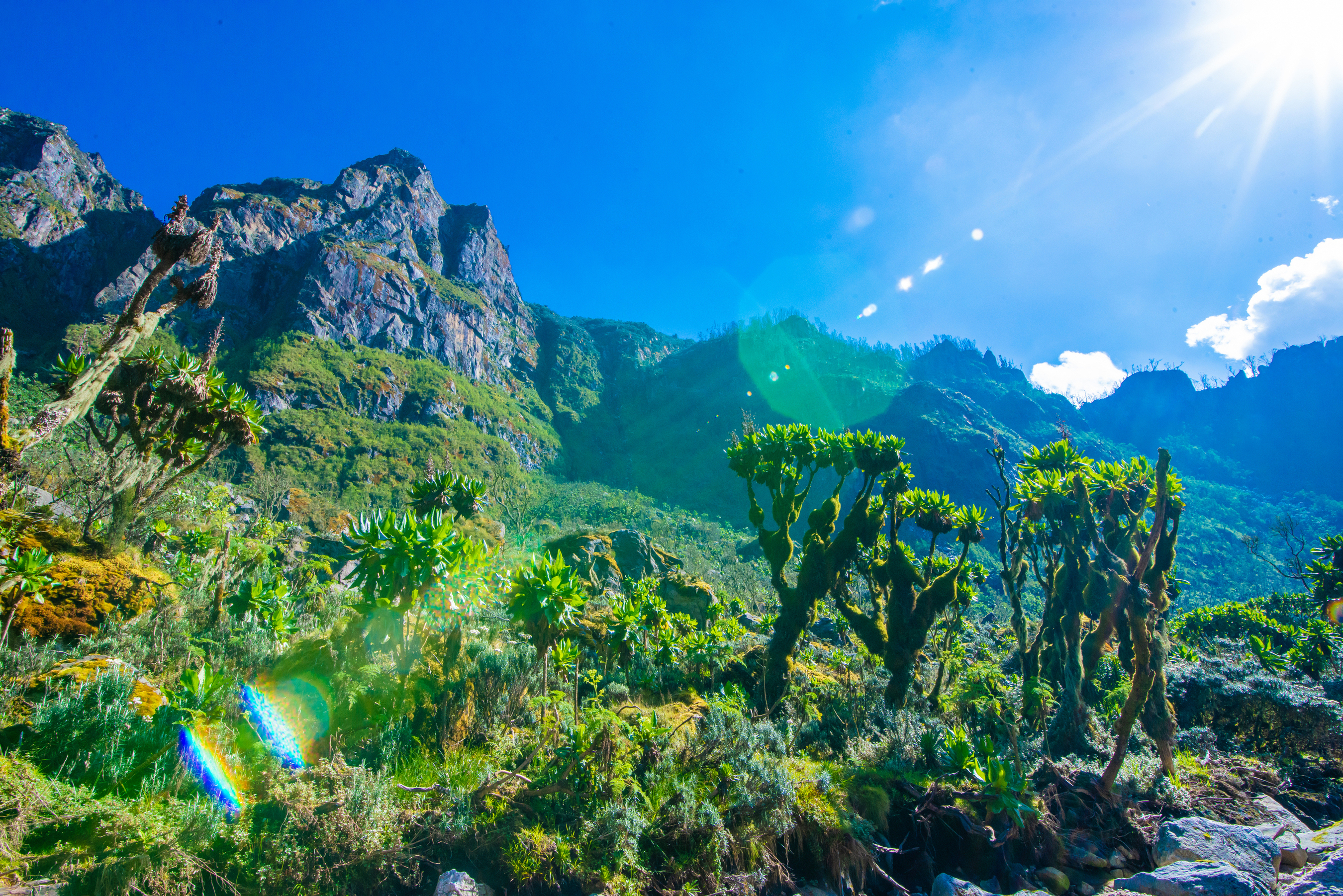
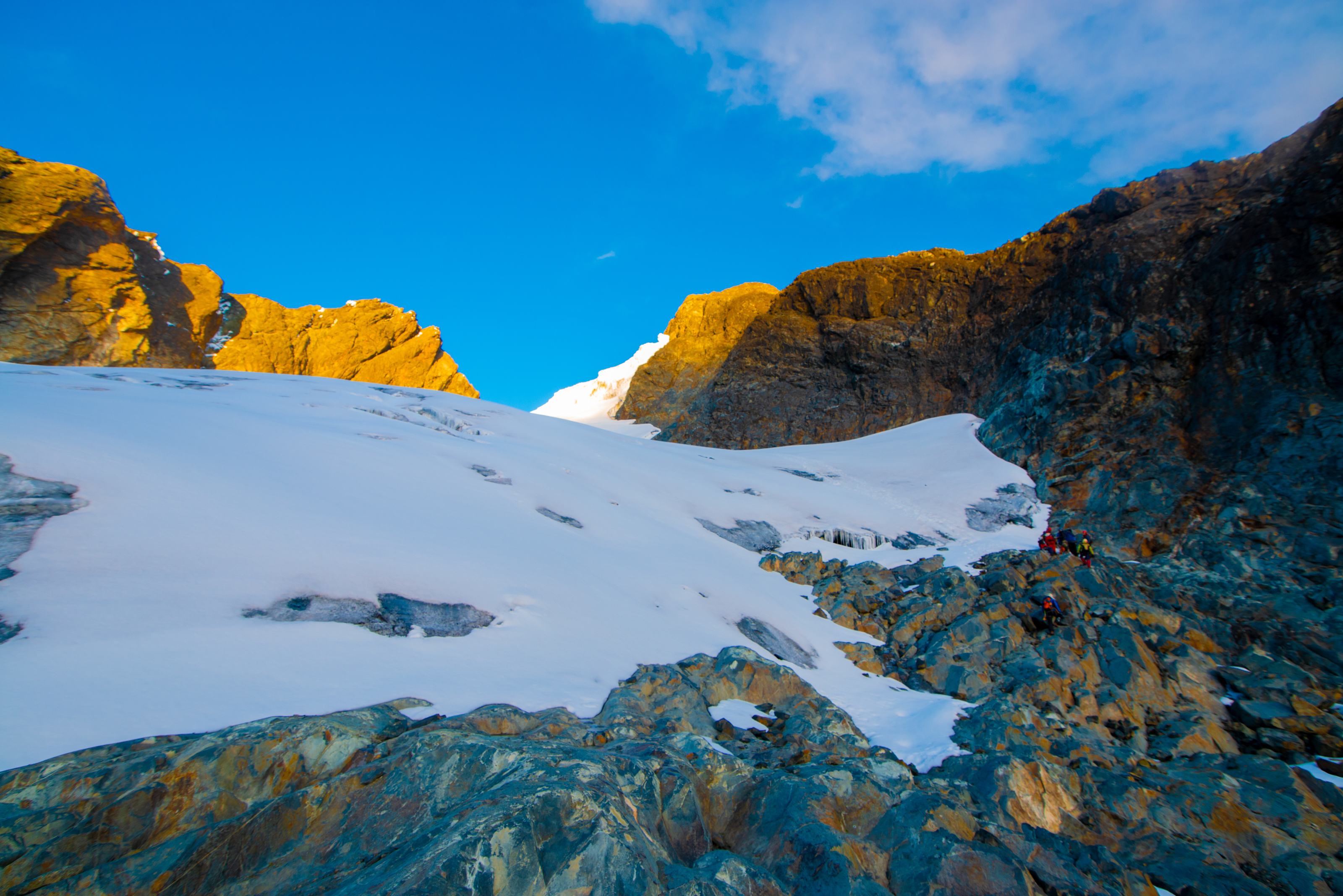
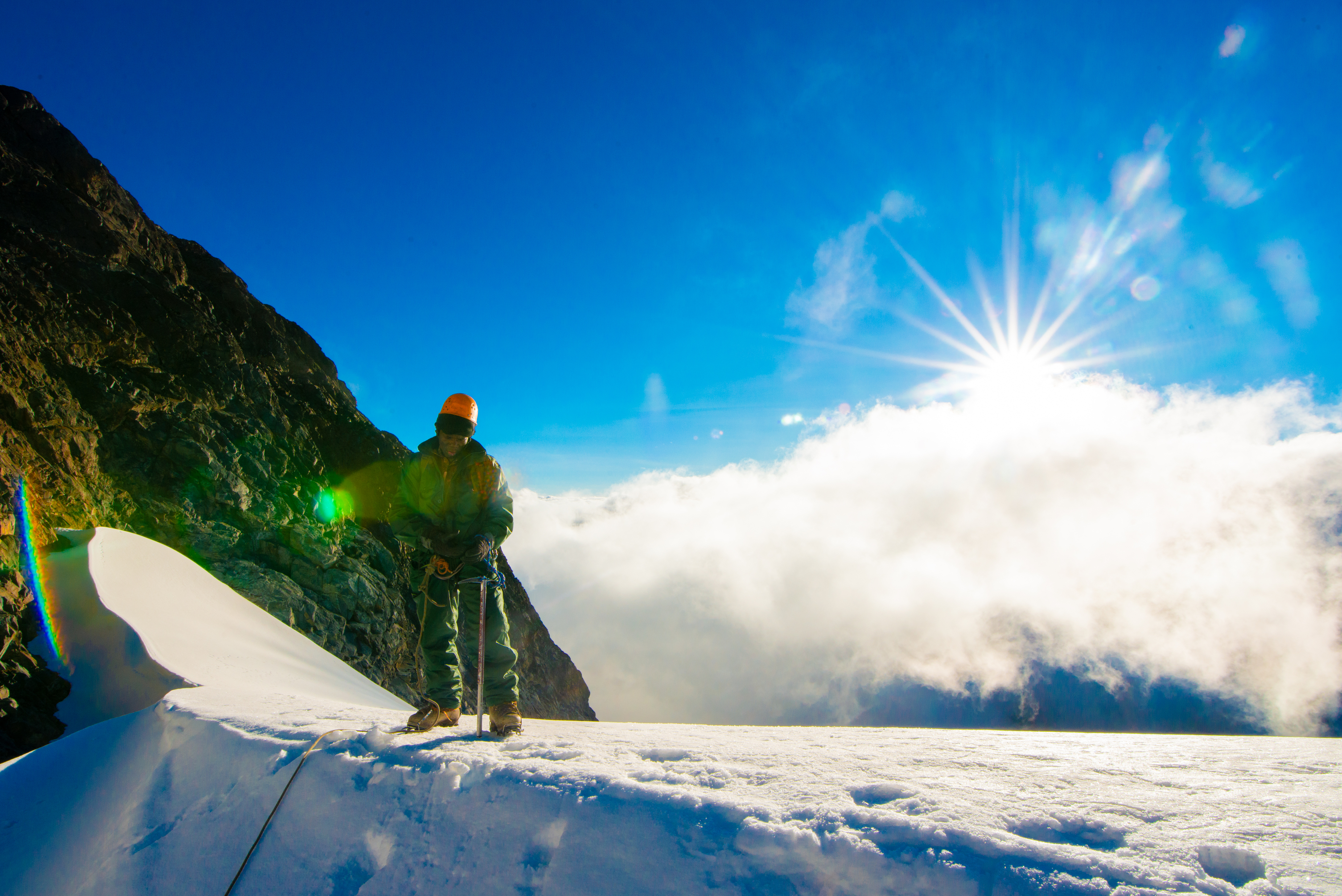
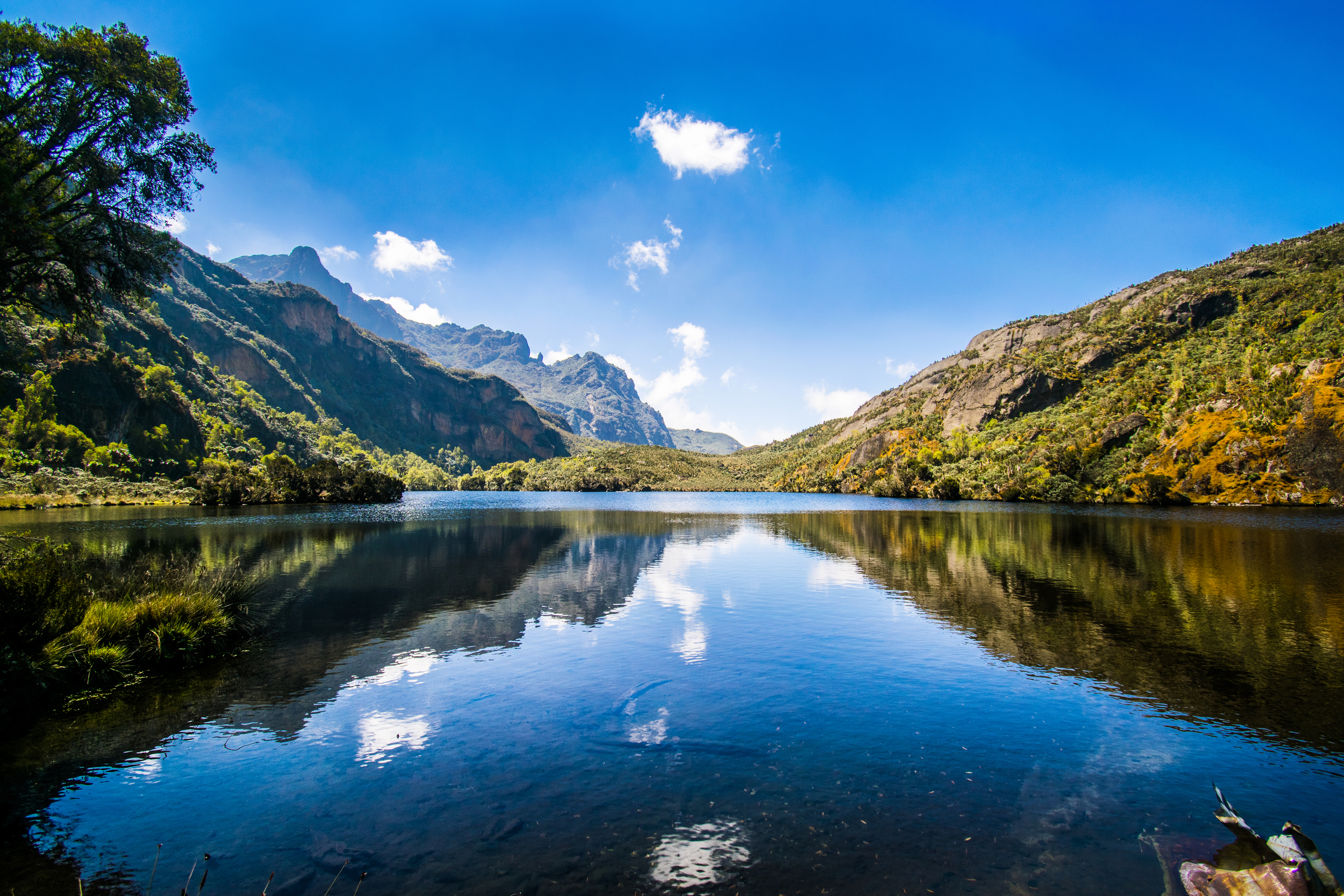

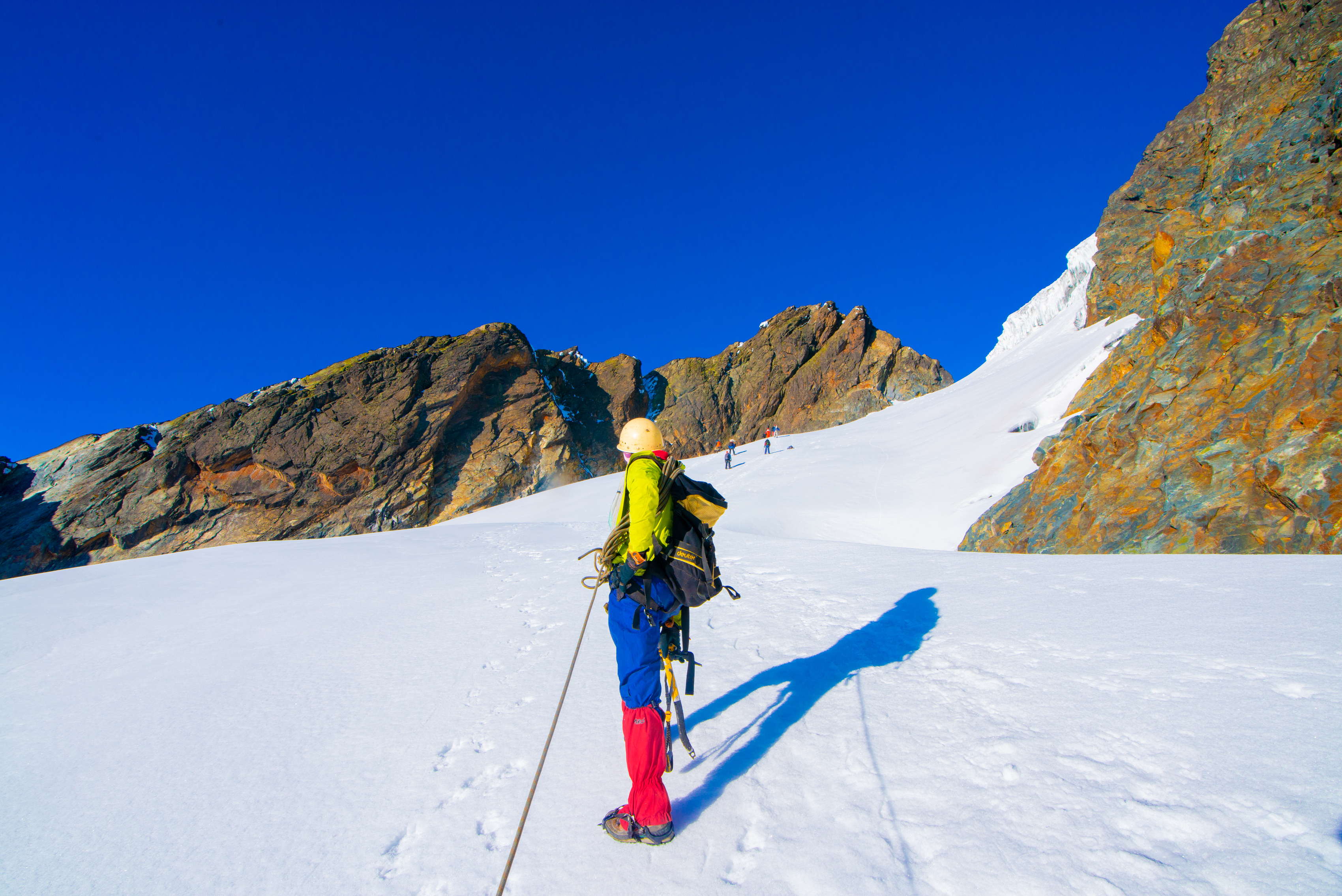
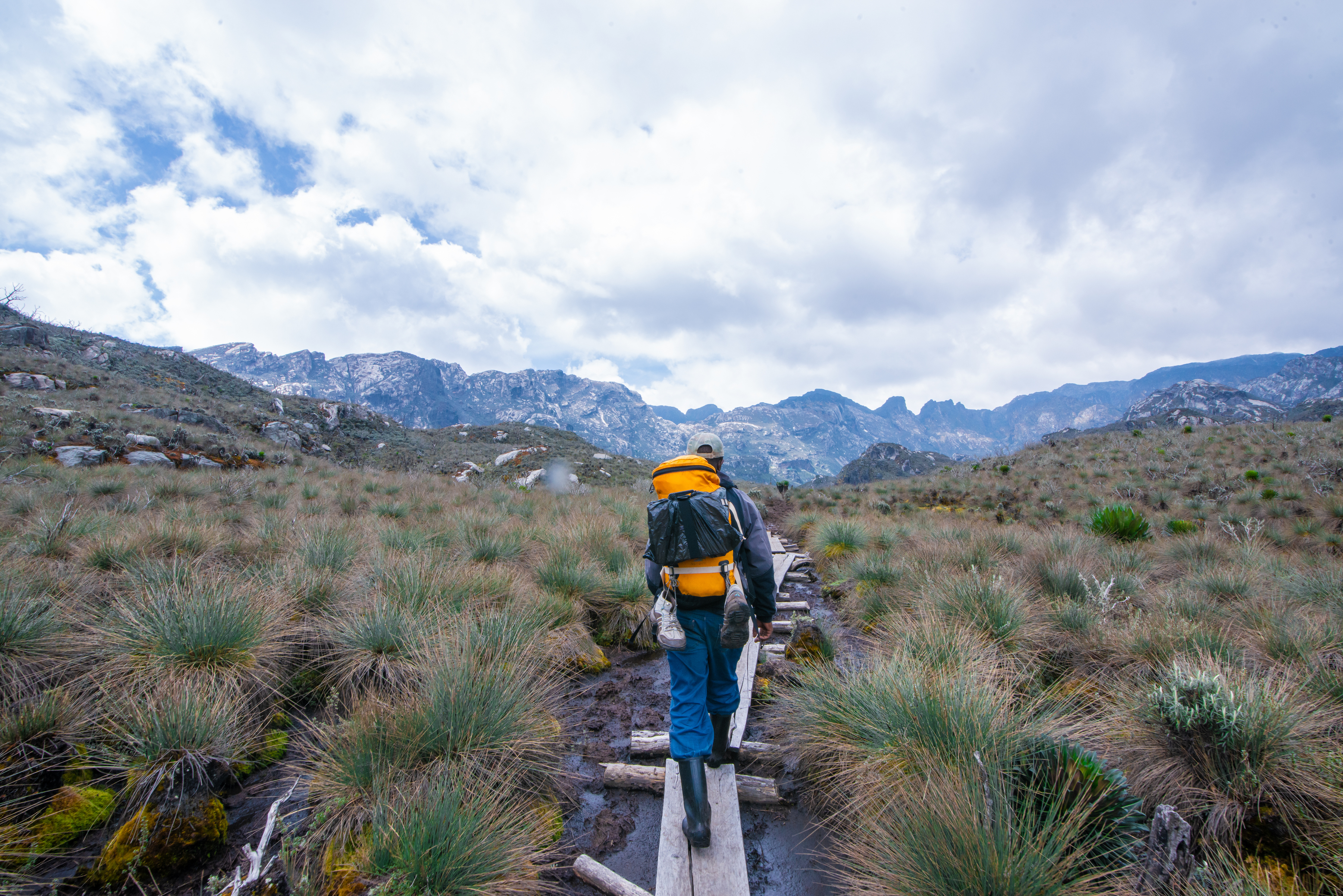

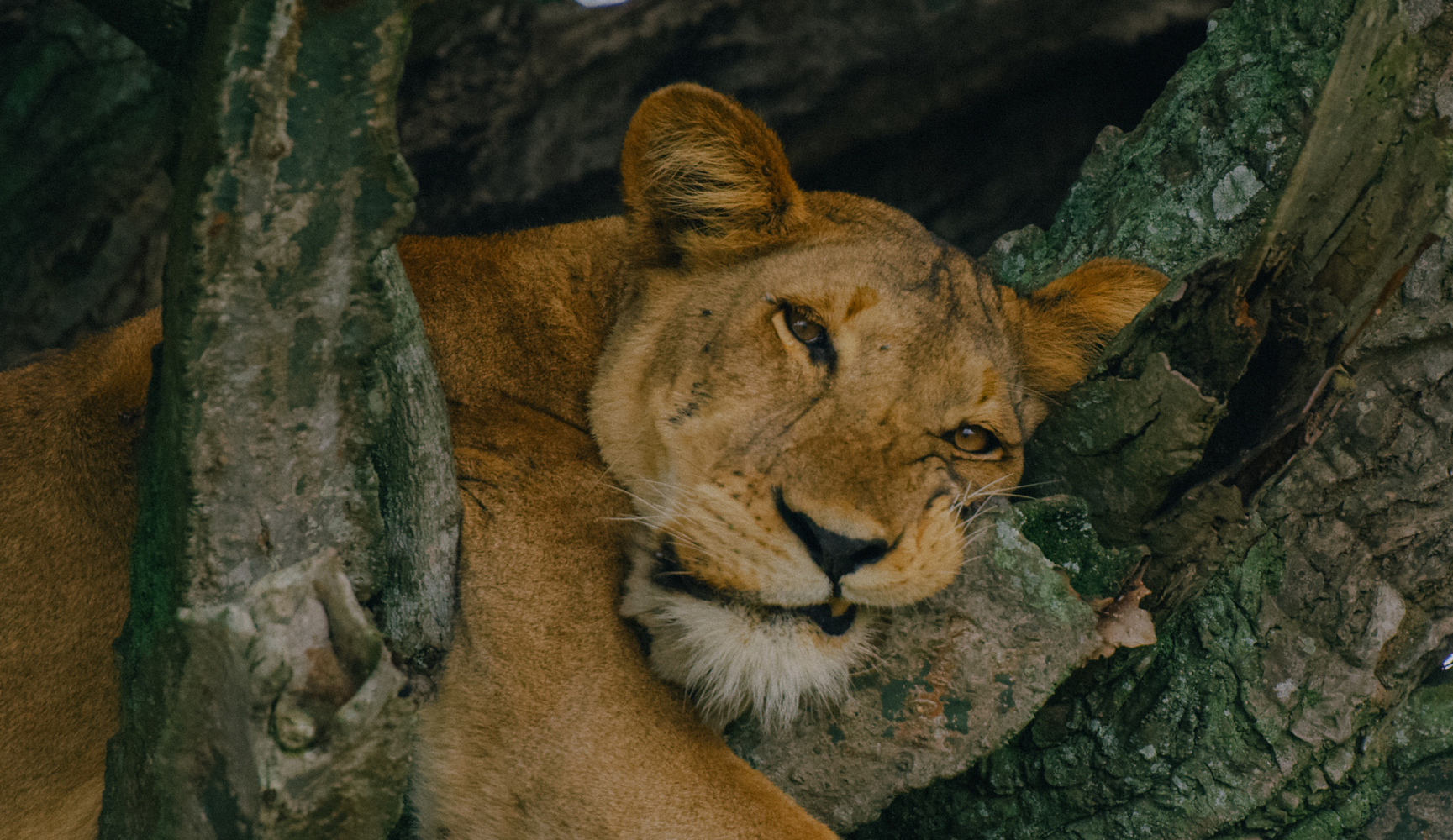

FAQs about
RWENZORI MOUNTAIN CLIMBING AND WILDLIFE ADVENTURE SAFARI
Mount Rwenzori has different peaks therefore the time spent hiking the peak depends on which peak you are hiking.
Magherrita peak, Mount Speak, Weismanns peak, Mount Baker, Mount Stanley.
Sightseeing, nature walks and visiting Bakonzo village
The park was gazetted in 1991 and was recognized as a World Heritage site in 1994 and a Ramsar site in 2008. Highest point: 5,109m above sea level on Mt Stanley’s Margherita Peak. The border with DR Congo bisects Mt. Stanley. The Rwenzori is not volcanic like East Africa’s other major mountains but is a block of rock up-faulted through the floor of the Western Rift Valley. The Rwenzoris were christened the “Mountains of the Moon” by the Alexandrine geographer Ptolemy in AD 150. The explorer Henry Stanley placed the Rwenzori on the map on 24th May 1888. He labeled it ‘Ruwenzori’, a local name which he recorded as meaning “Rain-Maker” or “Cloud-King.” The oldest recorded person to reach Margherita Peak was Ms. Beryl Park aged 78 in 2010. The Rwenzoris – the fabled Mountains of the Moon – lie in western Uganda along the Uganda-Congo border. The equatorial snow peaks include the third highest point in Africa, while the lower slopes are blanketed in moorland, bamboo, and rich, moist montane forest. Huge tree heathers and colorful mosses are draped across the mountainside with giant lobelias and “everlasting flowers”, creating an enchanting, fairy-tale scene. Rwenzori Mountains National Park protects the highest parts of the 120km-long and 65km-wide Rwenzori mountain range. The national park hosts 70 mammals and 217 bird species including 19 Albertine Rift endemics, as well as some of the world’s rarest vegetation. The Rwenzoris are a world-class hiking and mountaineering destination. A nine- to twelve-day trek will get skilled climbers to the summit of Margherita – the highest peak – though shorter, non-technical treks are possible to scale the surrounding peaks. For those who prefer something a little less strenuous, neighboring Bakonzo villages offer nature walks, homestead visits home cultural performances and accommodation, including home-cooked local cuisine.
You will need layered clothing suitable for both trekking in the mountains and warm conditions in the lowlands. Essential items include: Hiking boots and socks Waterproof jackets and pants Warm gloves, hats, and thermals for the higher altitudes Sunglasses, sunscreen, and a wide-brimmed hat for the plains A daypack, water bottle, and trekking poles Personal items (e.g., toiletries, medications, insect repellent) A camera and binoculars for wildlife viewing in Queen Elizabeth National Park
This tour involves strenuous trekking over multiple days at high altitudes, particularly during the Rwenzori Mountains segment. It is recommended for individuals with good physical fitness and some hiking experience. However, the tour guide will ensure that trekkers move at a pace that suits everyone.
You’ll encounter various flora and fauna unique to different ecosystems: In Kibale National Park, expect to see chimpanzees and other primates. During the trek in Rwenzori Mountains, you may see small mammals, unique alpine vegetation, and bird species. In Queen Elizabeth National Park, the game drive and boat cruise offer opportunities to see lions, elephants, buffaloes, hippos, crocodiles, and a variety of bird species.
A tourist visa is required for entry into Uganda, which can be obtained online or on arrival at the airport. Additionally, permits are required for chimpanzee trekking in Kibale National Park and hiking in Rwenzori Mountains National Park. The tour package typically includes these permits, but it’s important to confirm during booking.
The best time for trekking the Rwenzori Mountains and visiting Queen Elizabeth National Park is during the dry seasons, which occur from December to February and June to September. The weather is more predictable, making trekking and wildlife viewing more enjoyable.
The Rwenzori trek is rated as challenging due to the steep climbs, high altitude, and unpredictable weather conditions. You will be hiking for several hours each day over rugged terrain, reaching elevations over 5,000 meters at Margherita Peak. Altitude sickness can be a concern, so proper acclimatization is crucial.
Meals: Most meals are provided, including breakfast, packed lunches, and dinner. In cities like Kampala, Entebbe, and Kasese, you will dine in restaurants. On the mountain trek, meals are prepared by the support team. Accommodation: Lodging ranges from comfortable lodges in parks (Kibale and Queen Elizabeth) to basic camps during the Rwenzori trek. Sleeping bags and tents will be provided during the mountain portion of the tour.
The trekking duration varies: Some days, such as the first few days of the trek, involve 5–7 hours of walking. More demanding sections, like the ascent to Margherita Peak, can take up to 10–12 hours. Guides ensure that all participants are comfortable with the pace and take breaks as needed.
Margherita Peak, the highest point in the Rwenzori Mountains, stands at 5,109 meters (16,763 feet). Altitude sickness is a possibility, especially during the higher segments of the hike. It is important to drink plenty of water, pace yourself, and inform your guide if you feel any symptoms of altitude sickness, such as headaches, dizziness, or shortness of breath.
Yes, experienced guides and porters will accompany you throughout the trek. Porters will carry your heavy gear, while you carry a daypack with essentials. The guides are well-trained and familiar with the routes and terrain, ensuring your safety throughout the journey.
The main risks are related to altitude, weather conditions, and terrain. Weather in the Rwenzori Mountains can change suddenly, with rain, snow, and cold temperatures possible even during the dry season. The terrain can also be rugged and steep, requiring good physical fitness and proper gear. However, experienced guides will help manage these risks and ensure a safe trek.
Yes, the tour includes opportunities to interact with local communities, particularly in the Rwenzori Mountains region where the Bakonzo people reside. You will also have chances to visit local villages, markets, and experience the culture of the people in Kasese the Bakonzo and the Batooro Kibale.
Group sizes typically range from 4 to 12 participants, and solo traveler are allowed, ensuring a more personalized experience with the guide and making logistics easier to manage, particularly during the hiking portion of the tour.
Accommodation in Queen Elizabeth National Park includes a range of options from budget lodges to mid range tented camps. All offer comfortable lodging with views of the park or nearby lakes. The specific lodges will be confirmed during booking.
The minimum recommended age for trekking in the Rwenzori Mountains is 16 years due to the challenging nature of the hike. For younger participants, alternatives like shorter hikes or other activities within the national parks may be available.
Guest reviews
You might also like
10 DAY- ULTIMATE - TREK MARGHERITA PEAK- RWENZORI MT. NATIONAL PARK
Kasese

